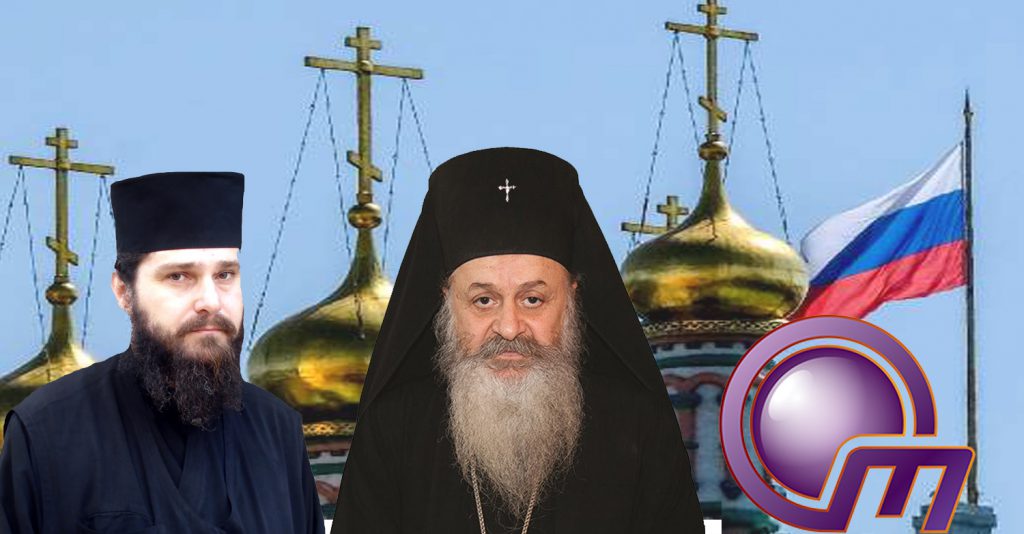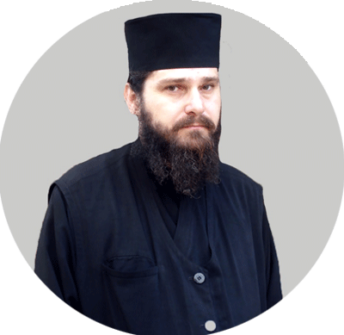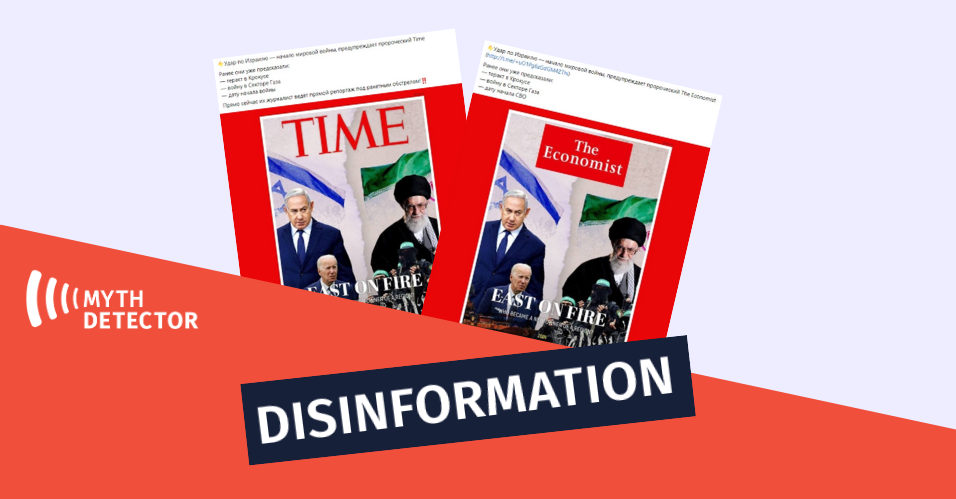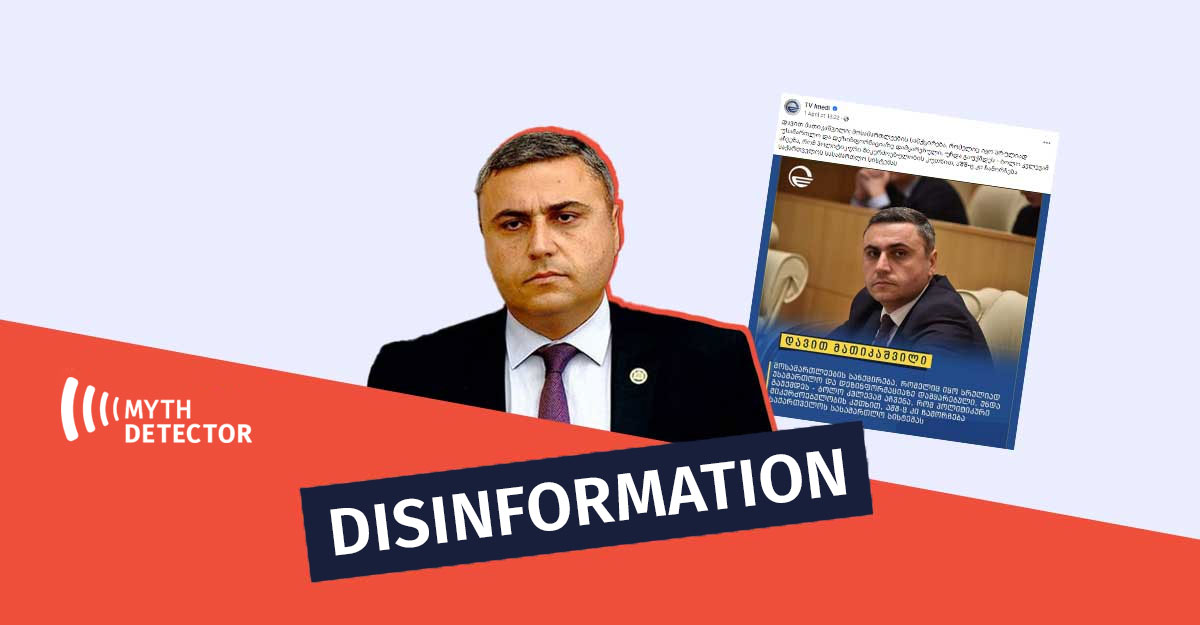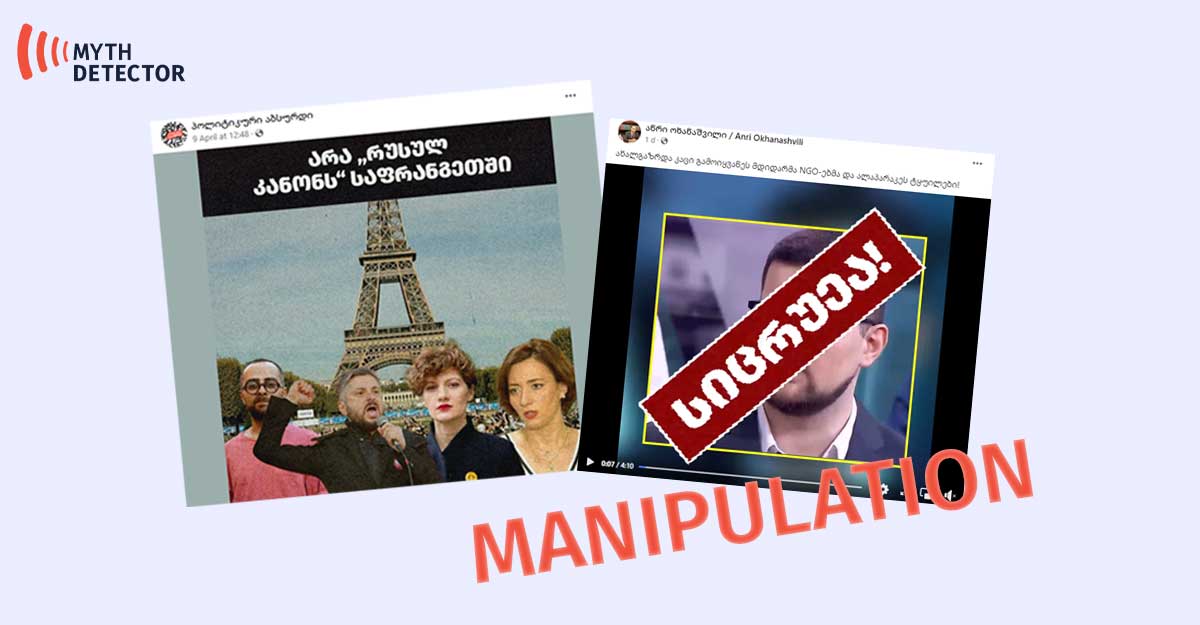Obieqtivi TV and some Georgian Orthodox clerics are promoting Russian conspiracy theories about the Ukrainian church autocephaly. On December 20, 2018, an online edition Georgia and World released an interview with Giorgi Razmadze, head of the Avchala Church of Great Martyr Ketevan, where he promotes conspiracy theories about granting autocephaly to the Ukrainian church by the Patriarchate of Constantinople and electing Metropolitan Epifaniy as the leader of the Ukrainian autocephalous church at the December 15 gathering of Ukrainian clerics of different Orthodox denominations. According to Razmadze, Metropolitan Epifaniy was elected just because he would be ruled easily by Constantinople. He also claims that the issue of autocephaly is linked to financial and political interests, because from now on, the Ukrainian church revenues will appear in the hands of Constantinople.
This is not the first time when the Kremlin’s messages about the Ukrainian church were circulated. Bishop Spiridon (Abuladze) said during a church service that Ukrainian Patriarch Filaret had not been even baptized.
Earlier on December 8, Obieqtivi TV host, Valeri Kvaratskhelia also touched upon the issue of Ukrainian church autocephaly, noting that an independent Orthodox church is not a desire of the Ukrainian parish. He also said that the issue of autocephaly had been encouraged by the United States with the purpose of receiving geopolitical benefits.
Historically, the Ukrainian Church had been subordinated to Constantinople. In the 10th century, Kievan Rus converted to Orthodoxy through the Greek Church. In the 17th century, Moscow invaded the Metropolis of Kiev and later abolished it. Myth Detector offers you the key points from the history of the Ukrainian Orthodox Church.
Myth No. 1: Total revenues of the Ukrainian Church will be transferred to the budget of the Patriarchate of Constantinople.
After being granted the autocephaly, the Ukrainian Church will become independent from other churches; it means that all of its revenues will remain in the budget of Ukraine’s new united church.
As for the Church of Constantinople, a great part of its finances are associated with western countries that can be explained by the fact that the parish of the Church of Constantinople, the majority of churches and monasteries are in Europe and the United States. Thus, the developed countries simultaneously represent financially strong believers. The Patriarchate of Constantinople consists of six archdioceses, eight churches, and 18 metropolises. Two of eight churches, Finnish and Estonian, are autonomous.
Myth No. 2. By electing Metropolitan Epifaniy as the leader of the Ukrainian autocephalous church at the gathering of Ukrainian clerics, the Patriarchate of Constantinople subordinated the church to itself.
Giorgi Razmadze’s conspiracy theories are largely stemming from the fact that Metropolitan Epifaniy rather than Patriarch Filaret was elected as the leader of the Ukrainian autocephalous church. The key reason for electing Epifaniy was just to rule out similar conspiracy theories. Two Ukrainian churches got united at the assembly and the participants deliberately did not elect the Patriarch of any church to avoid an impression that one church obeys the other. Just therefore, Patriarch Filaret gave up his position and his Locum Tenens, Metropolitan Epifaniy was elected as the leader of the new church.
Myth No. 3: Patriarch Filaret is not baptized.
In fact, Filaret worked under subordination of the Russian Patriarchate till 1992. He was the Metropolitan of Kiev of the Russian Orthodox Church, also a member of the Holy Synod and even participated in the elections of the Moscow Patriarchate. Thus, “non-baptized” Filaret could not have held such senior positions; neither would he be able to participate in the elections of the Moscow Patriarchate.
Short history of Ukrainian Church – “Kievan Russia” or “Kievan Rus”?
In an op-ed released in Tabula, Archpriest Ilia Chigladze provides an explanation for the Georgian terms “Kievis Ruseti” (Kievan Russia) and “Kievis Rusi” (Kievan Rus – in English only this latter term is used). He claims that the new state established in the 10th century is actually called Kievan Rus rather than Kievan Russia. Initially, it united Slavic people living in the East. But along with disintegration of the state, those groups were established as various ethnic groups (Ukrainians, Russians and Belarussians). Translation of the term “Rus” as “Russia” complicates the separation of Kievan Rus from Russia.
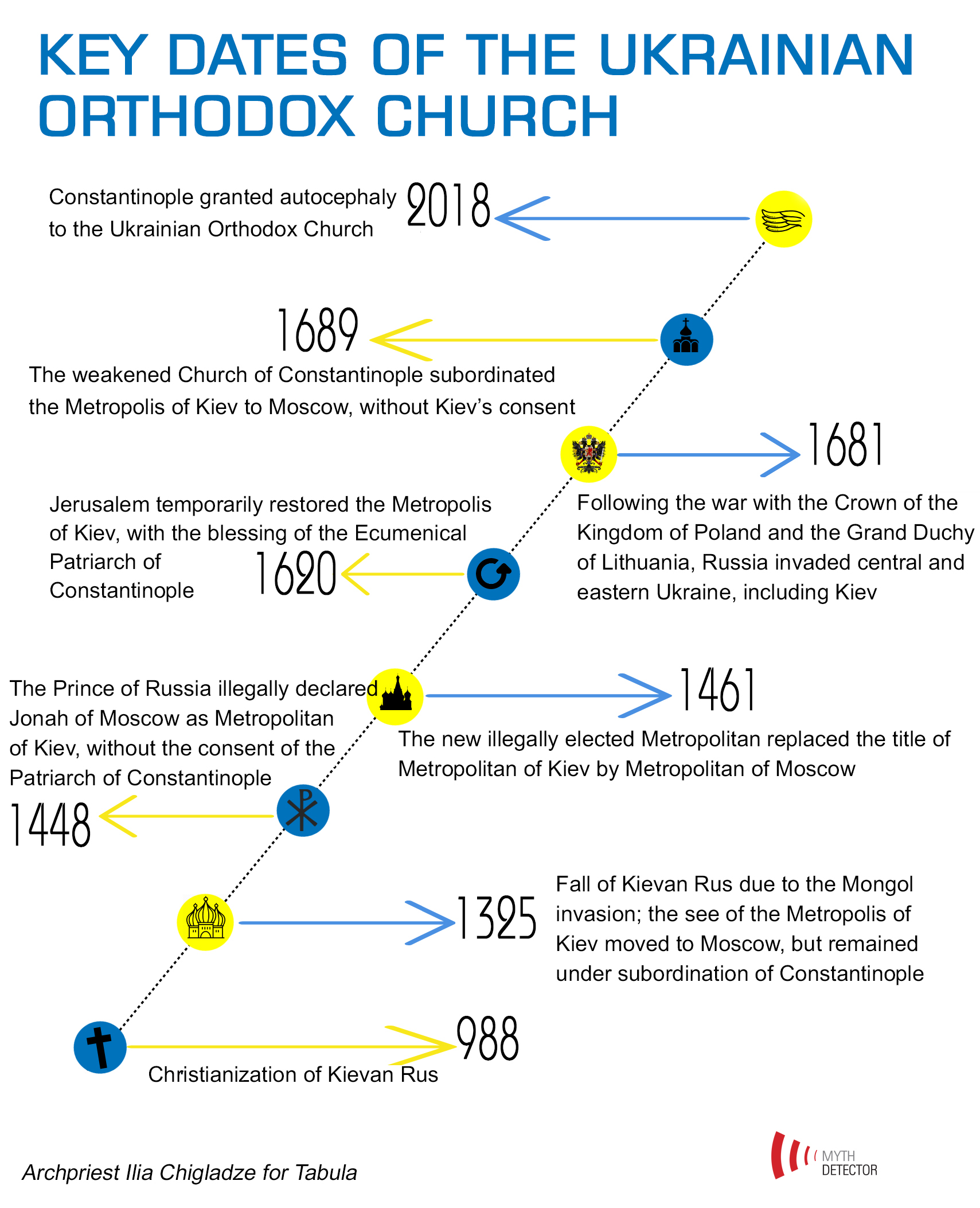
Prepared By Irakli Iagorashvili
Regional Network of Media Literacy Lab

















